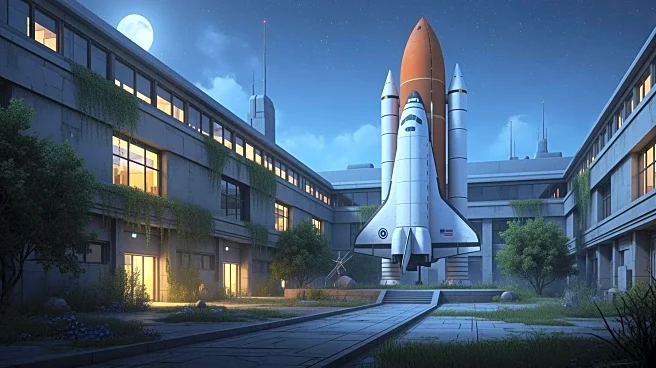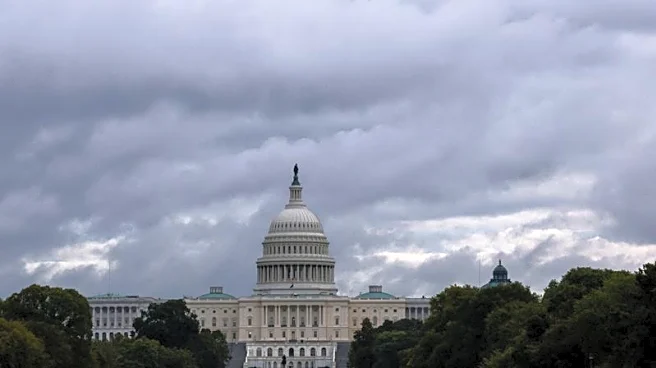What's Happening?
The former NASA satellite tracking facility located in Rosman, North Carolina, is currently on the market for $30 million. The Pisgah Astronomical Research Institute (PARI), a 192-acre site established
in 1963, includes over 30 buildings such as a welcome center, library, dormitories, and dining facilities. Originally developed during the Space Race, the campus played a significant role in capturing the first images of Earth from space and served as a satellite communications hub during the Cold War. The site is surrounded by 500,000 acres of dark sky, making it ideal for astronomical observations. The current owner, a non-profit organization, utilizes the campus for STEM education, scientific research, and various events. Interest from potential buyers has been noted, although specific details remain undisclosed.
Why It's Important?
The sale of the former NASA campus represents a unique opportunity for potential buyers interested in scientific and technological advancements. The site is equipped with more than 25 optical telescopes, a planetarium, and various data centers, making it suitable for next-generation uses such as AI research, aerospace communications, and quantum computing. The historical significance of the campus, coupled with its modern capabilities, offers a rare chance to own a piece of space exploration history. The transaction could impact local economic development and attract global interest in scientific research and education.
What's Next?
Prospective buyers must receive approval from the PARI Board of Directors and the state's Attorney General before any sale can be finalized. The future owner could leverage the site's assets for various purposes, including expanding STEM education programs or enhancing research capabilities. The sale process may attract attention from international entities interested in utilizing the campus for advanced scientific endeavors. The outcome of the sale could influence the direction of scientific research and education in the region.
Beyond the Headlines
The sale of this historic NASA campus raises questions about the preservation of scientific landmarks and their role in future technological advancements. Ethical considerations regarding the use of such a site for commercial purposes versus educational and research initiatives may arise. The transaction could set a precedent for how similar properties are managed and utilized in the future, potentially influencing policy decisions related to scientific heritage sites.












